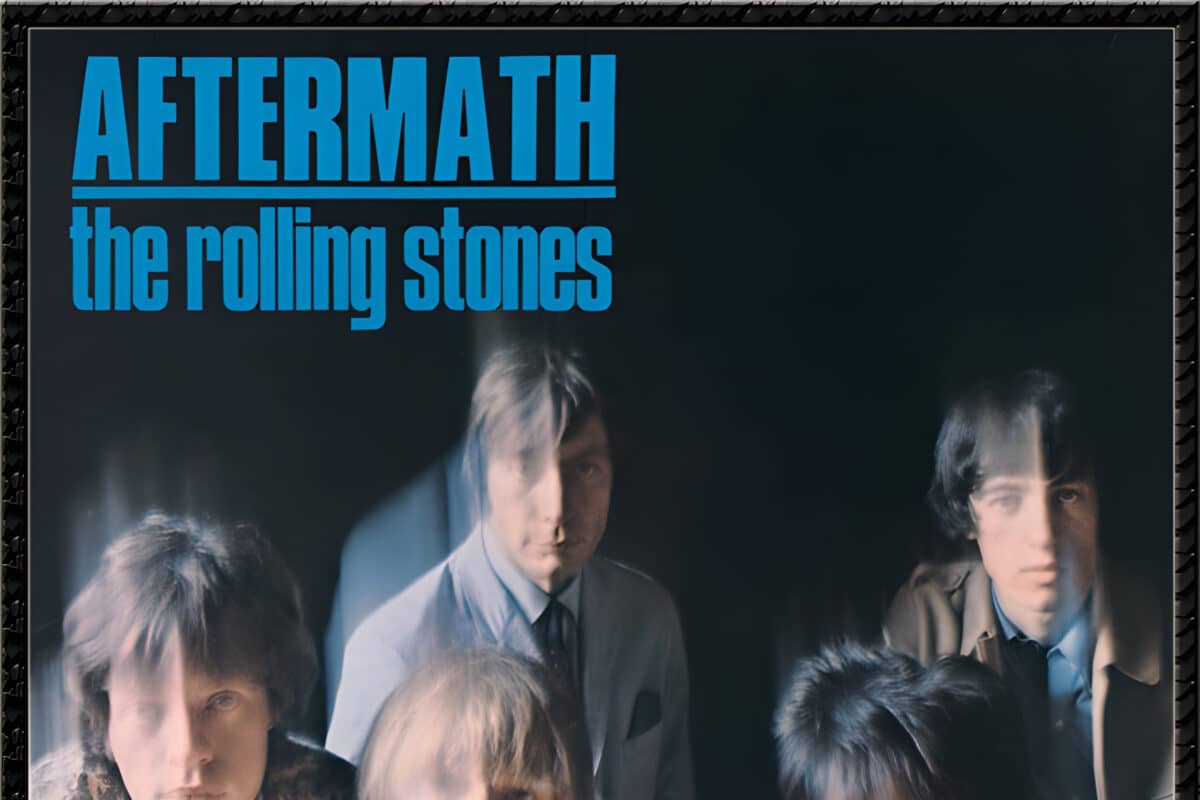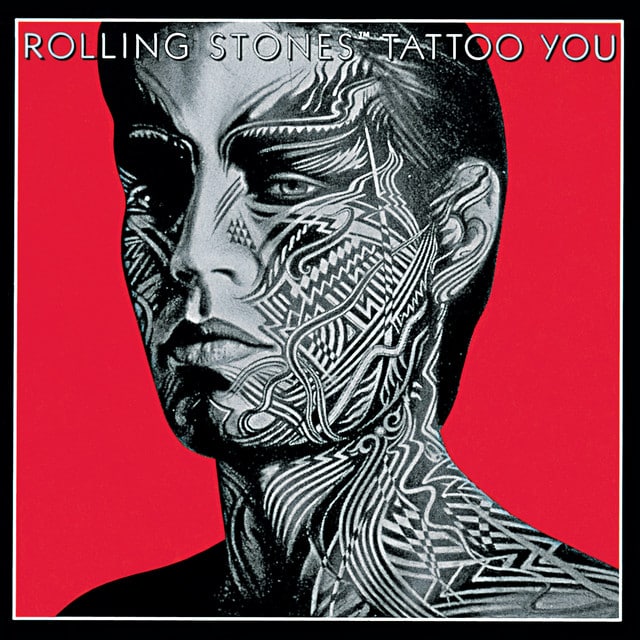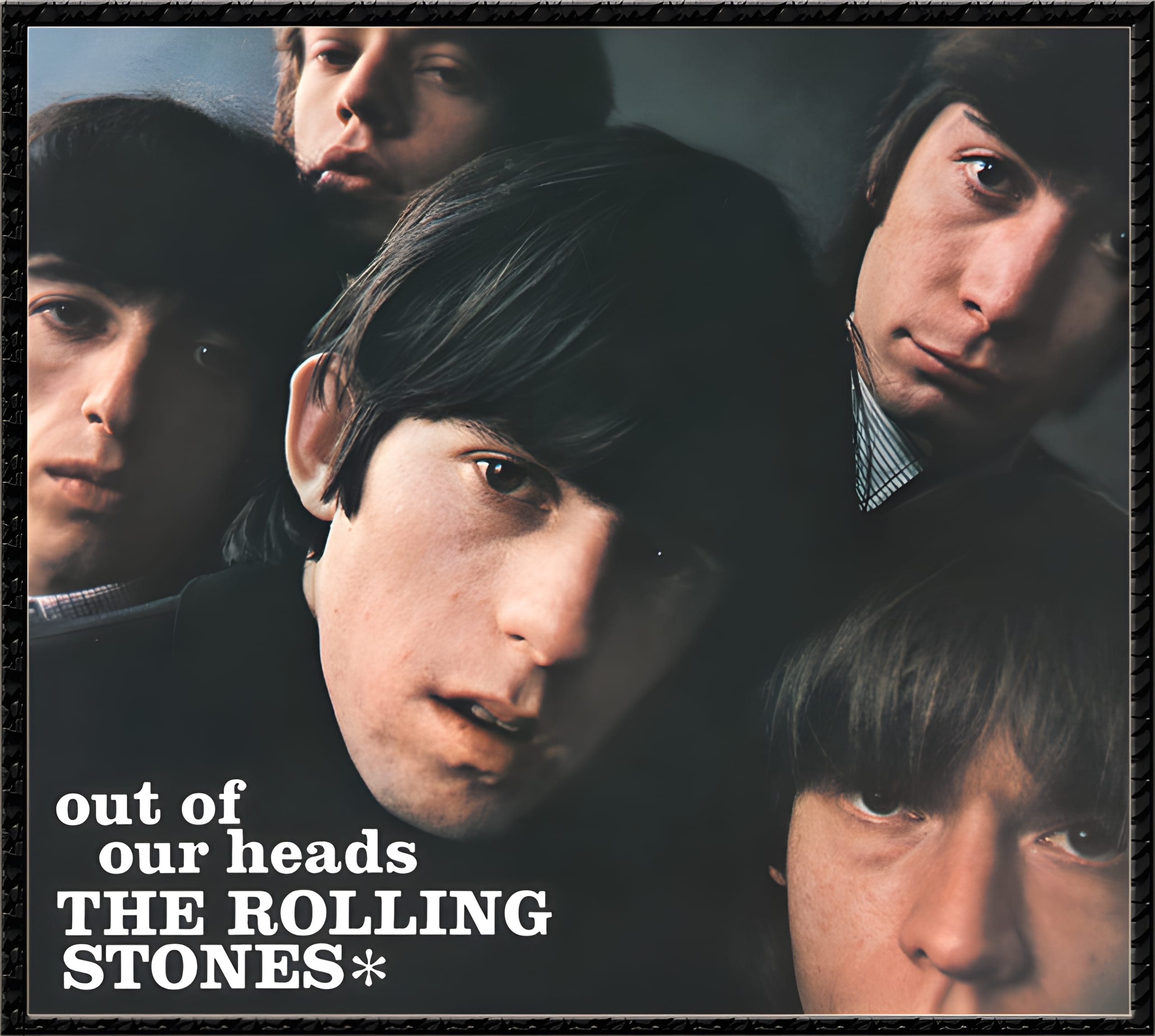Released: 1966
“Paint It, Black” by The Rolling Stones isn’t just a song; it’s a raw, emotional journey through the landscape of grief and despair. The lyrics dive deep into a desire to erase brightness and color from the world, symbolizing a profound sense of loss and emptiness.
The opening lines, “I see a red door and I want it painted black”, immediately set the mood. The red door, often associated with welcome and warmth, here becomes a symbol of something the singer wants to cover up or erase. The desire to “paint it black” reflects an urge to obliterate brightness, perhaps as a way to cope with personal anguish or loss. The repetition of wanting colors to turn black underlines a deep-seated need to obliterate anything vibrant, which can be seen as an attempt to match the external world with the darkness felt inside.
As the song progresses, the imagery of seeing “girls walk by, dressed in their summer clothes” and needing to “turn my head until my darkness goes” illustrates an attempt to avoid reminders of joy or brightness that contrast with the singer’s inner turmoil. The line “With flowers and my love both never to come back” hints at the root of the grief—perhaps the loss of a loved one—which has led to a world perceived as irreversibly dark.
The verse “I look inside myself and see my heart is black” dives into self-reflection, revealing a realization that the darkness isn’t just around, but within the singer. This acknowledgment of internal despair is a powerful admission of how deeply the sorrow runs. When we reach the point of “Maybe then I’ll fade away and not have to face the facts”, it’s clear the singer contemplates disappearing as a means of escaping the unbearable reality of his situation.
However, there’s a fleeting moment of hope or reflection on what once was, when the lyrics mention, “If I look hard enough into the setting sun, My love will laugh with me before the morning comes.” This conjures an image of holding onto a precious memory before facing the inevitable darkness again. It’s a poignant reminder of the struggle between remembering happier times and being consumed by the current state of despair.
The song closes by reiterating the desire to see the world “painted, painted black”, emphasizing the depth of the singer’s desire to blot out reminders of anything that could evoke pain by being a reminder of what was lost. The repetition of wanting to see everything, including the sun, blotted out, symbolizes an overpowering wish to be engulfed in darkness, where the pain might be less acute, less colorful, less vivid.
In essence, “Paint It, Black” masterfully articulates the depths of despair and longing for oblivion that can follow profound loss. Through vivid imagery and repetition, The Rolling Stones capture a universal, yet intensely personal experience of mourning and the wish to escape reality, making it a timeless piece in the landscape of rock music.








